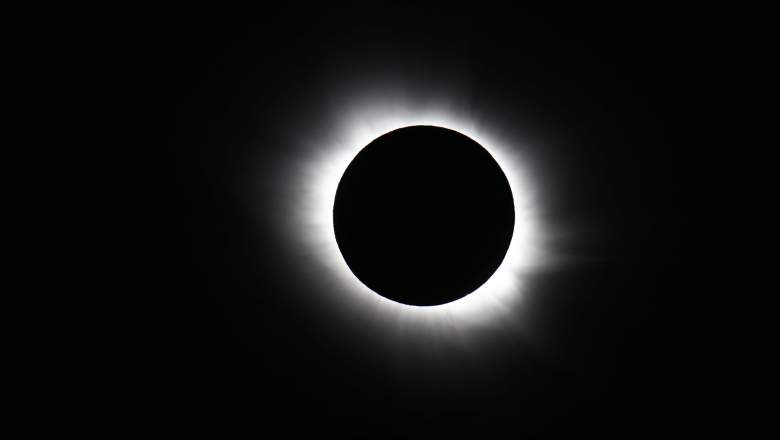
Parts of South America will get to see a solar eclipse today. Since you can’t see the solar eclipse in the U.S., you may want to watch it online and get a glimpse of what other people are seeing. You can do that right here in the video embedded below.
The video above is from the European Southern Observatory. You’ll be able to see the eclipse as it appears in the La Silla Observatory in Chile. The video above will begin at 12:15 p.m. Pacific (3:15 p.m. Eastern.)
The solar eclipse totality will be visible from the southern Pacific Ocean east of New Zealand, to the Coquimbo Region in Chile, and Argentina at sunset. The maximum visible time will be 4 minutes 32 seconds from the Pacific Ocean.
Another option is to watch the eclipse from San Francisco’s Exploratorium museum. Their live stream is below and will begin at 12:23 p.m. Pacific (3:23 p.m. Eastern.) Their live stream will also include views from Chile, along with commentary from experts and NASA scientists starting at 1 p.m. Pacific. If for any reason the embedded video below does not work or does not appear, just go here to see the video.
NASA Live TV will also host a view of the eclipse from telescopes in Vicuna, Chile. The coverage will include live views without audio from 3 to 6 p.m. Eastern, a one-hour live commentary in English from 4 to 5 p.m., and live commentary in Spanish from 4 to 5 p.m. You should be able to watch their live stream in the video below, but if it doesn’t work for any reason then just go to the link here.
Today’s eclipse will be about twice as long as the one in 2017. The maximum visible time will be 4 minutes 32 seconds from the Pacific Ocean.
The next total solar eclipse after today is December 14, 2020. Its path is similar to the eclipse to today and will be visible from Chile and Argentina.
Then after that, you’ll have to wait until December 4, 2021. This will be an unusual eclipse, with totality moving from east to west across Antarctica. Most eclipses move from west to east.
There will be an annular solar eclipse in the U.S. on October 14, 2023. This occurs when the moon passes between the Earth and the Sun, and the moon’s diameter appears smaller than the sun’s, blocking most but not all of the sun’s light. This makes the sun look like a ring around the moon.
The next total solar eclipse won’t be visible in the U.S. until April 8, 2024. This one will have a line of totality crossing Texas, through the Midwest, and over Indianapolis, Cleveland, Buffalo NY, over New England, and passing over Maine and New Brunswick, Canada.
We won’t see the next coast-to-coast solar eclipse in the U.S. until August 12, 2045.